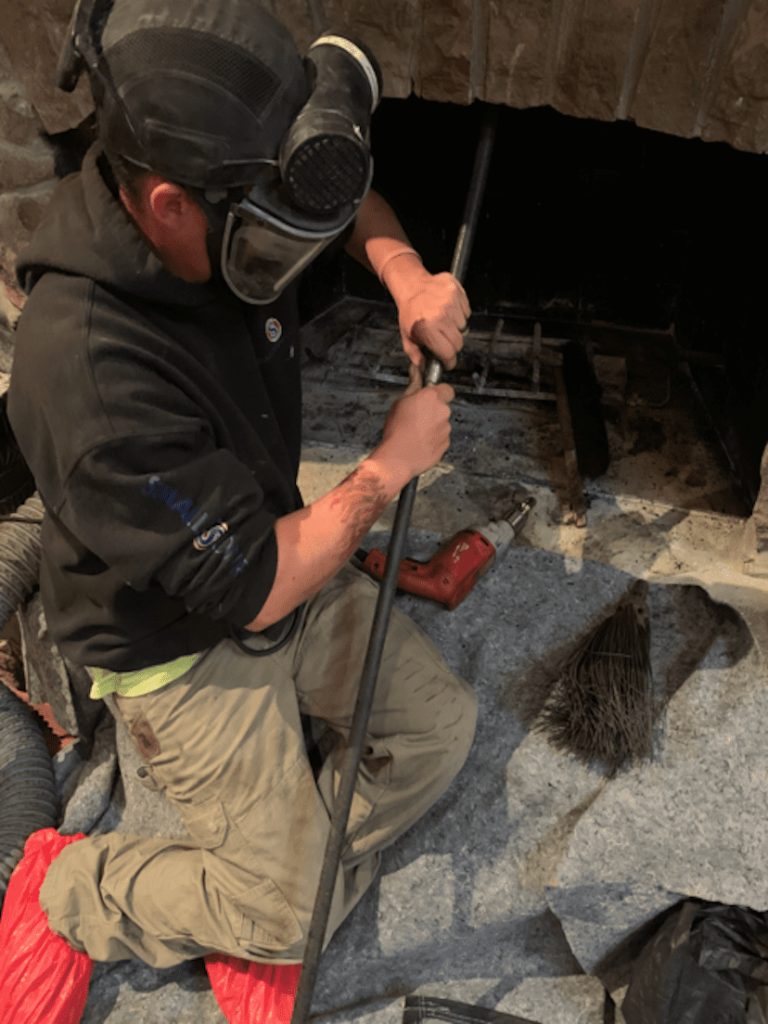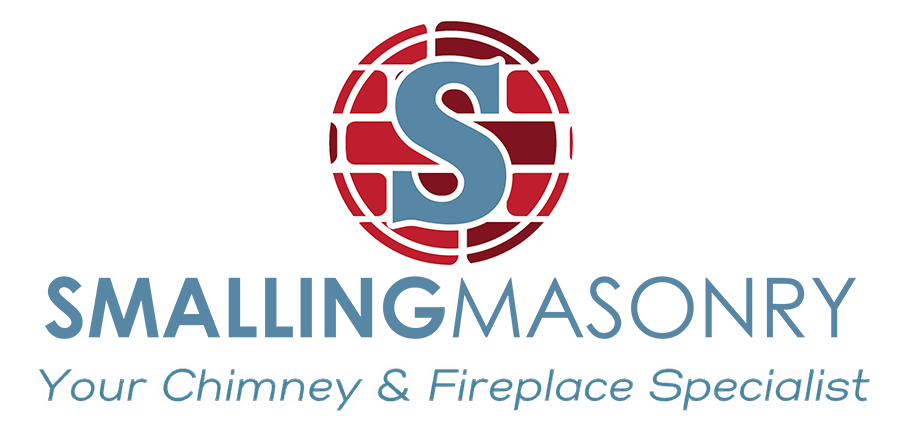Anyone who regularly uses a chimney will need to hire a chimney sweep once a year.
This is very important to ensure that the chimney keeps harmful gases out of your home. Once you find a great chimney sweep, you should stick with them.

The chimney may appear to be a simple structure, but it is comprised of several components that are designed to work in unison. Together, these parts of the chimney contain the heat and vent the smoke and fumes while you sit back and enjoy the warmth of a wood-burning fireplace. We’ll help you to get better acquainted with your chimney by introducing you to chimney basics homeowners should know.
Chimney Cleaning
Anyone who regularly uses a chimney will need to hire a chimney sweep once a year. This is very important to ensure that the chimney keeps harmful gases out of your home. Once you find a great chimney sweep like Smalling Masonry, you should stick with them. Here are a few of the basics for finding one. You will undoubtedly be concerned about how much it costs to have a chimney cleaned. Although price is important, it is definitely not the only thing you should consider. You should be careful of chimney sweeps who offer prices well below what their competitors offer.
As with hiring any type of professional, you should also give some thought as to how much experience the chimney sweep has. Ideally, you will choose one that has been established for a while. Always make sure you ask your chimney sweep for proof of insurance before you hire him to clean your chimney and fireplace. If an accident occurs and the worker was uninsured, then you may be held liable for any damages.
CHIMNEY CROWN
The chimney crown tops the masonry structure. It is made of cement with a sloped design to help keep water out of the flue. When cracks develop on the surface, water can leak inside the chimney, where it can cause extensive damage to the masonry. The crown should be inspected at least once per year for cracks.
CHIMNEY CAP
The chimney cap is a device that covers the flue opening to help keep moisture, debris, and small animals from entering the flue. Its position at the top of the chimney makes it susceptible to wind or storm damage. Homeowners should periodically check the cap and immediately replace it when broken or is blown off.
FLASHING
The flashing is a piece of sheet metal that covers the seams where the chimney meets the roofline. When the flashing material is rusting, warping, or is otherwise damaged, water can leak through the seam and into the chimney. Since water stains appear on the ceiling and walls near the fireplace, damaged flashing is often mistaken for a roof leak.
FLUE LINER
Most chimneys have a clay tile flue liner that protects the masonry walls from the high temperatures and corrosion of combustion. It also helps improve fireplace heating efficiency and the venting of smoke and fumes. The clay tiles are prone to cracking and should be checked at least once per year, preferably during a chimney inspection.
DAMPER
The damper is in the middle of the chimney in an area called the throat. It keeps moisture and debris out of the firebox when the fireplace is not in use. However, many homeowners are replacing the traditional throat damper with a top-sealing damper. It does a better job of keeping moisture out of the flue.
FIREBOX
The firebox is the opening of the fireplace where you stack and burn the wood. The walls surrounding the firebox should be made of firebrick. Sometimes they are built using standard bricks like the rest of the chimney. Homeowners should check the bricks inside the firebox and have a trained chimney specialist repair them when they notice cracks or crumbling.
Smalling Masonry located in Greenwood, IN has certified, experienced chimney sweep technicians who perform professional chimney maintenance services. Call 317-903-8121
